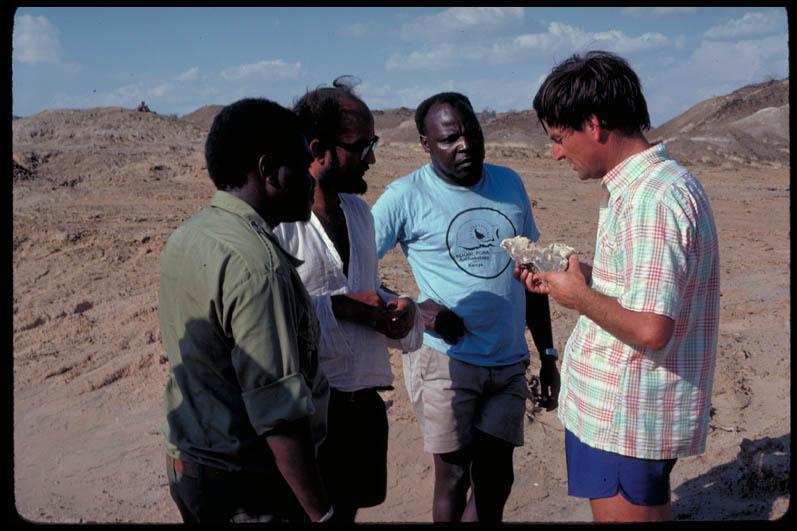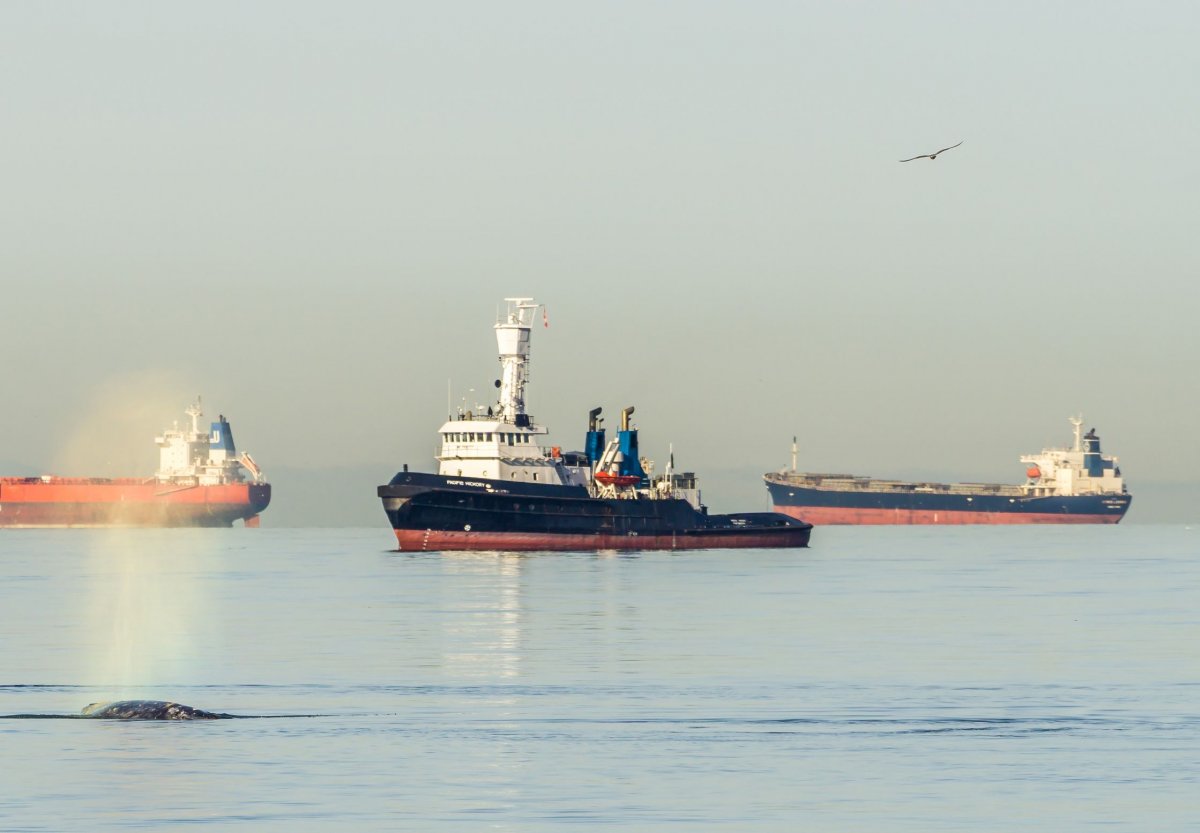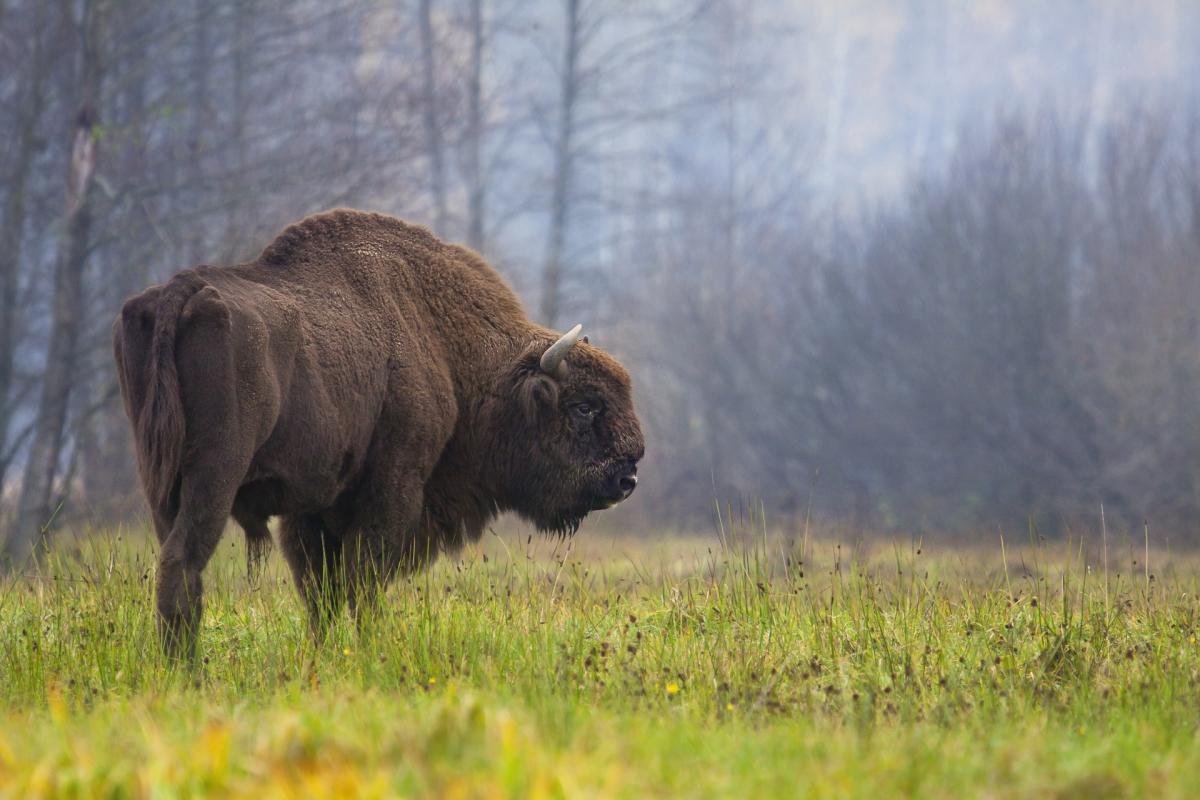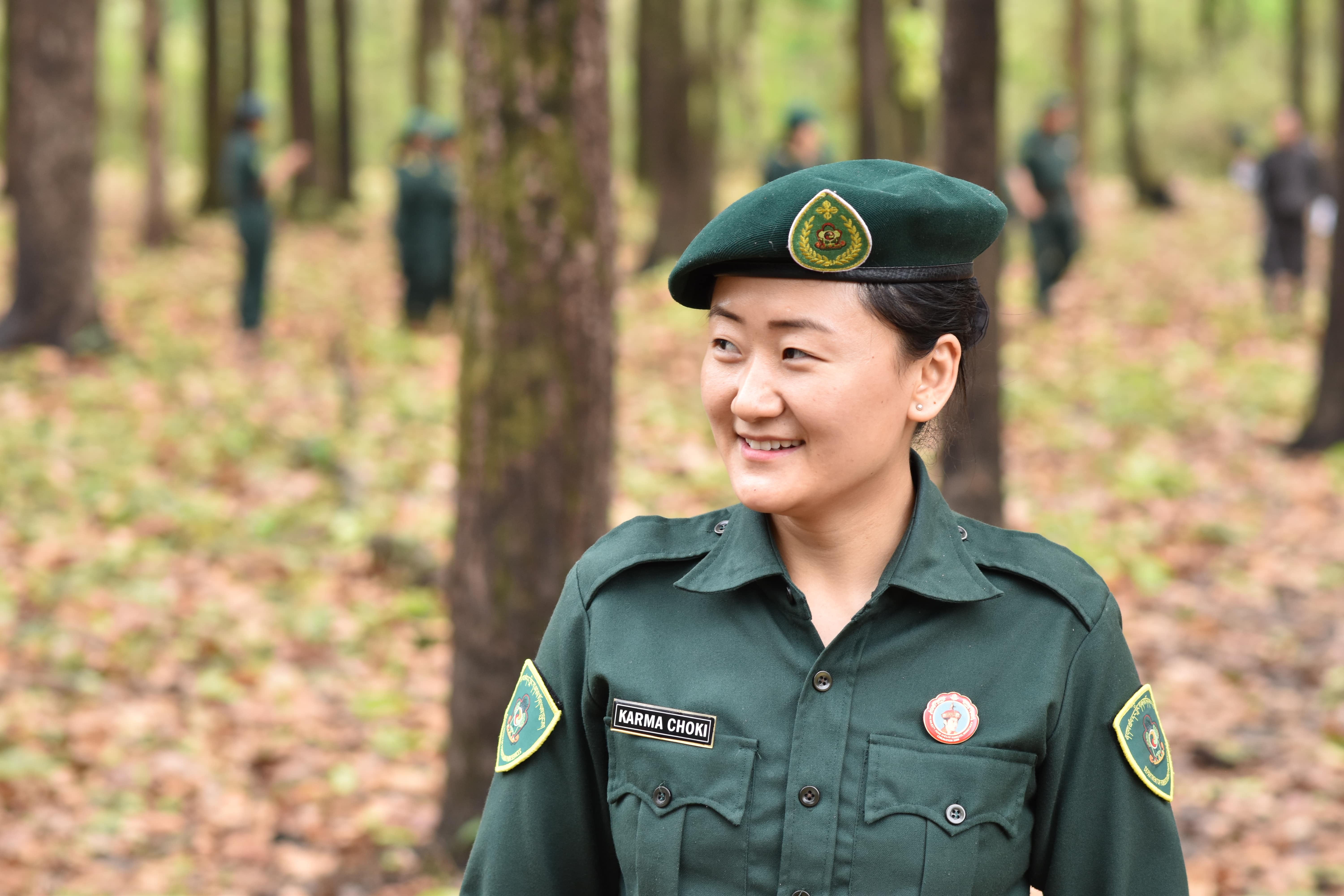Assessing threats to the Lake Turkana World Heritage site
The World Heritage Centre/IUCN reactive monitoring mission, led by Guy Debonnet from UNESCO and Goran Gugić representing IUCN, met with relevant stakeholders in Nairobi on the 15th- 16th March 2012 to discuss the threats facing Lake Turkana National Parks World Heritage site which is situated in northern Kenya.

Photo: IUCN Photo Library © Jim Thorsell
These consultations, in which IUCN ESARO also participated, focused on the cumulative impacts on the Lake levels of the GIBE III hydroelectric dam, and planned further dam developments lower down on the Omo River (GIBE IV and V). These two, when combined with an irrigation scheme for growing sugar cane, could pose a major threat to the Lake Turkana ecosystem, its biodiversity and the livelihoods of the people that depend on it. On the 17th of March the team proceeded to the Lake Turkana site to assess the situation on the ground.
At its 35 session in Paris in June 2011, the World Heritage Committee expressed its utmost concern about the proposed construction of the GIBE III hydroelectric dam on the Omo River in Ethiopia and its likely impacts on Lake Turkana, considering that the dam is likely to significantly alter Lake’s fragile hydrological regime, and threaten its aquatic species and associated biological systems. In light of this, the Committee requested the States Parties of Kenya and Ethiopia to invite a joint World Heritage Centre/IUCN reactive monitoring mission to assess the impacts that the dam might have on the Outstanding Universal Value of the Lake Turkana World Heritage property. Furthermore, informal consultations with stakeholders conducted by IUCN ESARO last year also drew attention to a number of other potential threats and management challenges facing the Lake Turkana World Heritage site including extensive irrigation schemes in the Lower Omo Valley, cattle encroachment in Sibloi National Park, poaching and oil exploration.
Based on its findings the mission will prepare will develop recommendations to the Government of Ethiopia, Kenya and the World Heritage Committee to conserve the Outstanding Universal Value of the property and improve its conservation and management.
The Lake Turkana National Parks World Heritage site is situated in northern Kenya and comprises Sibiloi National Park, the South Island and the Central Island National Parks, covering a total area of 161,485 hectares located within the Lake Turkana basin whose total surface area is 7 million ha. The Property was inscribed on the World Heritage List in 1997 under criteria (viii) for is geology and fossil record from the Pliocene and Holocene periods as well as presence of recent geological process represented by volcanic erosional and sedimentary land forms, and under criterion (x) for its diverse habitats resulting from ecological changes over time inhabited by diverse fauna.
For more information, please contact Leo Niskanen, IUCN Technical Coordinator for Conservation Areas and Species Diversity on leo.niskanen@iucn.org.



